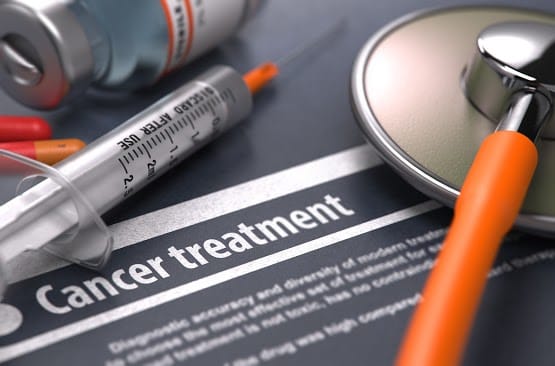Cancer rates are predicted to surge in states least economically able to handle the increase, according to a study published in the Journal of Global Oncology.
 The shift in cancer dynamics is predicted to occur in the Empowered Action Group (EAG) states, including Bihar, Chhattisgarh, Jharkhand, Madhya Pradesh, Odisha, Rajasthan, Uttarakhand, and Uttar Pradesh. The states are characterised as being comparatively less developed economically, with resultant negative health outcomes such as higher infant mortality rates.
The shift in cancer dynamics is predicted to occur in the Empowered Action Group (EAG) states, including Bihar, Chhattisgarh, Jharkhand, Madhya Pradesh, Odisha, Rajasthan, Uttarakhand, and Uttar Pradesh. The states are characterised as being comparatively less developed economically, with resultant negative health outcomes such as higher infant mortality rates.
The researchers state that the trend in increasing cancer rates follows an expected pattern detailed as part of a concept known as epidemiological transition. The concept is defined as a phase of development in which a sudden and stark increase in population growth rates occurs, brought about by improved access to food and innovations in public health and medicine.
This sometimes drastic population increase is typical of developing nations or states going through a phase of industrialisation. The population rise is then typically followed by a re-leveling of population growth due to subsequent declines in fertility rates — as seen in many western nations. The study was performed by Dr Mohandas K. Mallath, a senior consultant in the Department of Digestive Diseases at the Tata Medical Center in West Bengal, as part of an undergraduate research fellowship from King’s College London.
Mallath notes that the trends in cancer rates are linked to a shift in mortality rates in India that saw infectious diseases fall from their historical places as India’s most prominent causes of death. In their stead, noncommunicable conditions now far outpace infectious diseases as the leading cause of mortality, with cardiac disease being the most common cause of death in the country – responsible for 28.1 percent of deaths in 2016.
The study observes that cancer rates may be more directly linked to the decline of infectious disease. “The types of cancers in India are also undergoing a transition,” said Mallath. “There has been an observed decline of cancers in India caused by infections, such as cervical, stomach, and penile cancer, and an increase in cancers associated with lifestyle and aging, such as breast, colorectal, and prostate cancers.”
Cancer, along with other NCDs increasing in prevalence, are putting a significant strain on India’s healthcare system. News that India’s least economically developed states could soon see a major increase in cancer rates is a warning that cannot go unheeded. Healthcare infrastructure in these states is sorely lacking, and such an increased burden may increase mortality within these regions considerably. Patients too are bearing the financial strain: India spends less than US$10 per capita on cancer, meaning that the cost of treatment is often borne by the individual out-of-pocket.
The study provides a roadmap to when and where these cancers are likely to increase, as well as which cancers are likely to be most prevalent. Acting on this data and investing in diagnosis and treatment could alleviate the burden. However, without significant financial backing, such a necessary venture is unlikely to occur.

